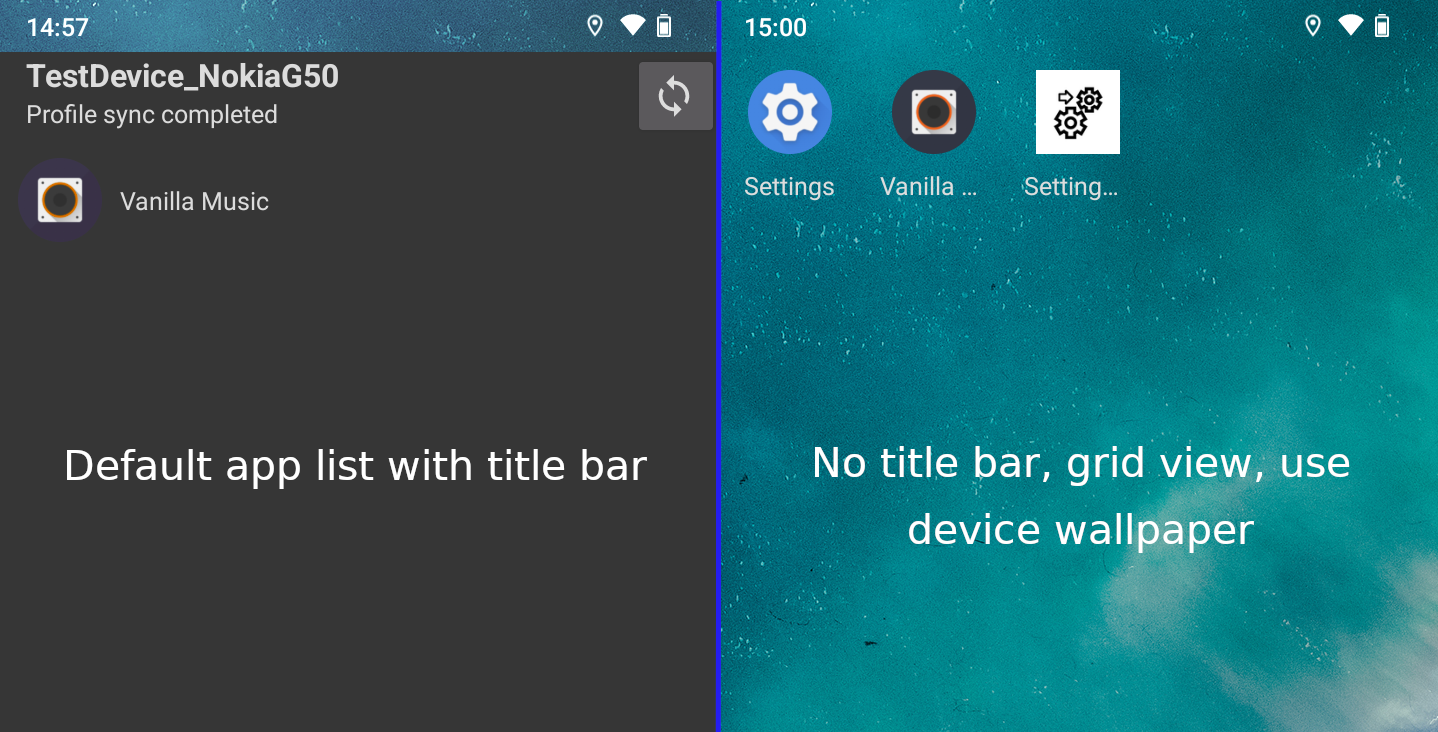MDM Supports the Evolving Retail Market

During the 20th century, retail and shopping changed. In many ways the industry was born out of the changing social dynamics and economics of the century. The 20th century was the first century in a post-industrial world; a world where cities became the economic focus rather than the agrarian focus of the past.
Land, while continuing to increase in price due to larger populations and relative scarcity, was no longer the driving source of wealth for industries. Ideas and inventions became the driving forces for economic development. Greater social interaction to develop and drive manufacturing, social ideas and inventions brought people out of the fields and into cities. Trade and barter, and local township supply shops, were replaced with the new invention of department stores. Department stores, overtime, were then replaced with shopping malls - giant complexes pushing all the latest in fashion and design between food courts and pretzel stands.
Towards the end of the century, however, a new idea was born from a bookstore that didn’t have a store front and bookshelves, but rather a website where users could order books from the Internet. Online shopping was born.
Fast forward two-decades, and online shopping has flipped the great invention of the 20th century on its head. Shoppers can still visit stores, but use their phones to instantly compare prices at three other online stores. The cost of gas required to drive to the store location is the same if not more than shipping from an online retailer in many cases. Retailers are getting squeezed and the capitalism meccas of the suburbs have lost luster, if not mothballed altogether. Once again, the pace of innovation has changed the nature of people’s habits. As if to rub more salt in the wound, the Covid-19 pandemic accelerated the change to online shopping, with people forced into lock-down for weeks and even months at a time. In numbers, even semi-post pandemic Black Friday 2022 in the United States - typically the largest retail day of the year for the country - has yet to recover with 11~27% drops in in-store shopping compared to pre-pandemic 2019.
Like with the shift from countryside to city life and suburbs, the move to online retail is gradual. Despite the rise of e-tailer giants in Silicon Valley, Seattle, and Shanghai, investment firm Morgan Stanley still sees that online sales account for about 22% of all purchases in 2022, leaving another 78% still happening offline in a more traditional brick-and-mortar environment. Traditional clothing firms and department stores are still investing in the billions to overhaul their existing store fronts in efforts to attract and improve the sales turnaround. Shoppers are creatures of habit, and as populations age, habits can continue to drive demand. With a retail apocalypse still a ways off, how will retail evolve to build value into in-store experiences?
Try before you buy
Cars, shoes, and trousers are all best tried before making a purchase. Shoppers are ever more wary of purchasing items online only to realize the Internet vs reality can still be significantly different. Traditional retail stores should focus on the in-store experience to help attract customers into store fronts. Technology is evolving to help improve the try before you buy experience with both in-store and online retail offering ways such as virtual try on when shopping for clothes, to even stroller test tracks in stores.
Another trend helping try before you buy behavior is deferred payments. Retailers in more and more industries are offering financing, leasing, or delayed payments options to help entice current you at the expense of future you. Numbers show this is working, particularly with those in the younger generation. The payment option is a clever way to help offer users a try before pay.
Better data collection - AI and ML
The buzzword for the past several years artificial intelligence (AI), but more appropriately machine learning, is helping traditional industries gather more information and data to react to user behavior. Emerging in the retail space is the rise of eye-detection and eye-tracking software to help detect where users are looking while in the store. This can be paired with device management software and specific advertisement software so retailers can better see what ads or products users are most attracted to. As retailers look to shrink storefronts, these new utilities are useful for helping managers make better, more informed decisions for product sourcing and placement.
Additionally, self-checkout and grab and go shopping experiences are being rolled out in a number of markets. Most noteworthy with Amazon’s acquisition of Whole Foods and the development of grab-and-go shopping, other chains are also emulating the technology, such as 7-11 in Taiwan.
Digital Kiosks Just Taking Off
Digital Kiosks are seeing consistent adoption, with the market forecasted to double in the next 10 years. The Banking Financial Services Industry (BFSI) holds the largest share, with ATMs and other self-service kiosks being ubiquitous in most cities around the world. However, restaurants, and even healthcare are seeing growing adoption of kiosk use. Kiosks can be preferred to in person assistants for handling services like PPE dispensation during the pandemic rather than risk more front line workers, to helping speed up transaction times. Customers can quickly and easily interact with one of a half-dozen kiosks to select exactly the order they want and pay directly with a credit card or mobile device. This transaction flow scales much more efficiently than having a fraction of workers waiting for users to select their final order.
Also noted in the research is the greater possibility to upsell customers with the latest deals and add-ons. Imagine seeing an extra image of delicious fries for an extra $0.30 on a large screen that can be added with a tap of a finger versus just listening to the server ask “Anything else with your order?”. Kiosks enable process standardization and optimization for greater innovation and enhanced customer experiences. And with backend device management, real-time device statistics can also be had to help admins and managers better understand the effectiveness of new marketing content and offerings. Updates can also be made quickly to allow for A/B testing across different systems.
Device Management is Now Critical
As retail store fronts decrease in size, data’s importance and usefulness increases, and as the need for improving customer experience increases, retail is turning to devices and their supporting technology to achieve all of the new demands. Cash registers are now point of sale (POS) devices, and now mobile POS are being employed so employees can checkout exactly where the customer is to avoid lines. Digital displays are replacing the need for billboards and posters, with more dynamic content and eye-tracking technology. And all of these trends require management, maintenance, and money to run operations. For the retail space, management of devices at the edge is more critical than ever.
Device management tools support enrollment, monitoring, as well as pushing apps, files, and content to devices. Modern device management goes further with on-device monitoring so devices can behave as expected even when offline. By publishing new versions of profiles functionality such as known wireless networks, app updates, new device control policies, or even new images and advertisements can be published to a working fleet of devices that can span 10000s of devices over 100s of locations. For IT admins, this capability not only helps achieve the need to push new content, but also ensures that managed devices are running in a known good state.
Should trouble occur, or assistance is needed for new employees, modern MDMs can also provide responsive remote control so IT admins can help remotely debug a device. At scale, it is impractical to store and maintain spare devices and ship to and from the retail point. So doing adds cost of the actual shipment and travel, but also opportunity cost resulting from downtime or needing to allocate additional spare devices. Team remote and debugging allows multiple admins to collaborate and troubleshoot together in real time. It’s well understood among IT professionals these days that most tickets or issues reported are related to user operation or software, not hardware issues. Having remote control support on-demand, to any managed device around the world, is a huge benefit for screening out device issues before sending field technicians or processing RMA requests.
Devices, Data, AI - Changing the Face of Retail
Deploying managed devices in the retail environment has numerous advantages for 21st century retailers. Whether online or in-store, shoppers are looking for smoother, more tailored experiences, and technology is offering ever more options to help. Device management is one critical part that, when used properly, can help enable more consistent user experiences, reduced downtime, and greater visibility at the edge where retail is happening.

